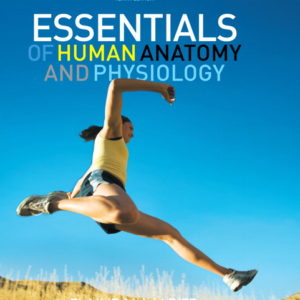- You cannot add another "Leadership Roles and Management Functions in Nursing 10th Edition Marquis Huston Test Bank" to your cart. View cart
AQA A Level Physics Paper 1 2019 Question Paper
$25
Description
AQA A Level Physics Paper 1 2019 Question Paper
Monday 20 May 2019 Afternoon Time allowed: 2 hours
Materials
For this paper you must have:
• a pencil and a ruler
• a scientific calculator
• a Data and Formulae Booklet.
Instructions
• Use black ink or black ball-point pen.
• Fill in the boxes at the top of this page.
• Answer all questions.
• You must answer the questions in the spaces provided. Do not write
outside the box around each page or on blank pages.
• If you need extra space for your answer(s), use the lined pages at the end of
this book. Write the question number against your answer(s).
• Do all rough work in this book. Cross through any work you do not want
to be marked.
• Show all your working.
Information
• The marks for questions are shown in brackets.
• The maximum mark for this paper is 85.
• You are expected to use a scientific calculator where appropriate.
• A Data and Formulae Booklet is provided as a loose insert.
Please write clearly in block capitals.
Centre number Candidate number
Surname
Forename(s)
Candidate signature
A-level
PHYSICS
Paper 1
2
*02*
IB/M/Jun19/7408/1
Do not write
outside the
Section A box
Answer all questions in this section.
0 1 . 1 Two isotopes of iodine are 125
53 I and 131
53 I.
Determine, for these two isotopes, the difference between the constituents of the
nuclei.
[1 mark]
0 1 . 2 A 131
53 I nuclide undergoes beta (β–) decay to form a xenon nuclide.
State the nucleon number of the xenon nuclide.
[1 mark]
0 1 . 3 A 125
53 I nuclide decays by electron capture to form a tellurium nuclide.
State two differences between the constituents of the iodine nucleus and the tellurium
nucleus it decays into.
[2 marks]
3
*03*
Turn over ►
IB/M/Jun19/7408/1
Do not write
outside the
0 1 . 4 Internal conversion is a process in which a nucleus in an excited state can release its box
excess energy. In internal conversion all of the excess energy is transferred from the
nucleus to an orbital electron through the electromagnetic force. This orbital electron
is ejected from the atom.
The tellurium nucleus formed in question 01.3 is in an excited state and can undergo
internal conversion.
Discuss three differences between internal conversion and beta (β–) decay.
[3 marks]
1
2
3
Turn over for the next question
7
4
*04*
IB/M/Jun19/7408/1
Do not write
outside the
0 2 Some cars are fitted with a water sensor designed to switch on windscreen wipers box
automatically when it rains. Figure 1 shows a simplified diagram of the sensor.
Figure 1
A light ray travels from the light-emitting diode (LED) through the first prism and into
the windscreen. The ray reflects off the surfaces of the windscreen at A, B and C and
then passes through the second prism into the detector.
0 2 . 1 Suggest how the design ensures that there is no deviation of the ray as it enters the
first prism.
[1 mark]
0 2 . 2 Suggest two features of the design that ensure that there is no deviation of the ray as
it leaves the first prism and enters the windscreen glass.
[2 marks]
1
2
5
*05*
Turn over ►
IB/M/Jun19/7408/1
Do not write
outside the
0 2 . 3 The refractive index of the windscreen glass is 1.52 box
Explain why the ray follows the path shown inside the windscreen glass in Figure 1.
Support your answer with a suitable calculation.
[2 marks]
Question 2 continues on the next page
You must be logged in to post a review.




Reviews
There are no reviews yet.